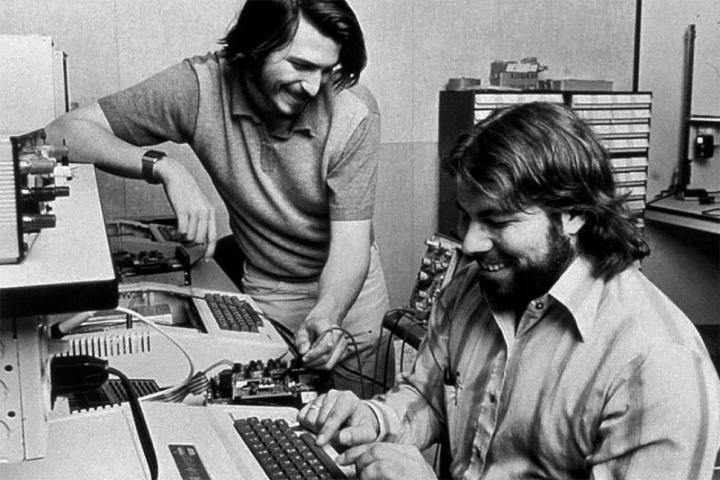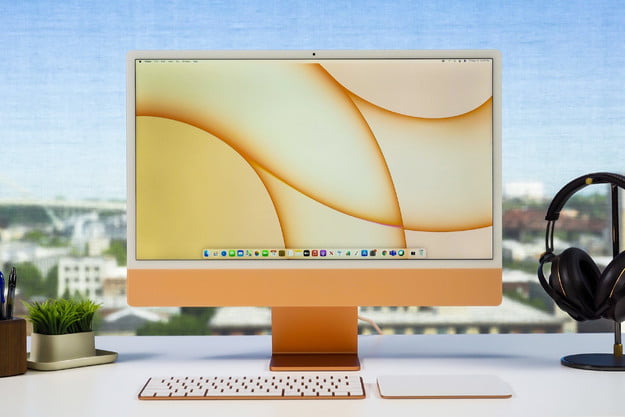
For Apple co-founder and Apple I computer architect Steve Wozniak, however, everything that went down in the late 1970s in California feels as fresh as if it happened yesterday. And no, the inception of today’s most valuable worldwide brand wasn’t as romantic as we were led to believe all this time.
Yes, Steve Jobs and Wozniak had it rough in the beginning. They barely sold a hundred Apple I’s in 1976, and a few thousand Apple II copies a year later, according to an interview graciously given by Woz to Bloomberg.
“No designs, no breadboarding, no prototyping, no planning of products” was ever done there.
But one picturesque, somewhat syrupy part of the early-years narrative that’s slightly overblown is the famed garage that you’ve probably heard acted as the company’s original headquarters. While Wozniak has admitted that the colorful setting holds a deep sentimental value for him, he told Bloomberg “no designs, no breadboarding, no prototyping, no planning of products” was ever done there.
All Apple’s employees did in the mythical garage was feel at home and slack off. They also brought the finished devices to the garage after Wozniak did his magic in a small cubicle at HP’s Cupertino base, to test them out and drive them to interested buyers willing to pay cash.
Furthermore, Apple “outgrew that garage very quickly,” Woz said. And so, as unromantic as it may sound, Jobs and Wozniak didn’t overcome so many obstacles on their way to innovation and fame, and weren’t forced to live and work in misery for long. After all, they had started a revolution, and they knew full well what they were getting themselves into.
At the end of the day, that’s a pretty solid success story too, and it goes to show good things sometimes happen fast to ambitious people with groundbreaking ideas.
Editors' Recommendations
- Apple just dashed our iMac hopes and dreams
- Steve Jobs’ handwritten Apple-1 ad fetches big bucks at auction
- The 7 best Macs of all time
- Amazon is having a FLASH SALE on Apple products today
- Amazon is having a flash sale on Apple products — save on iPad and more


